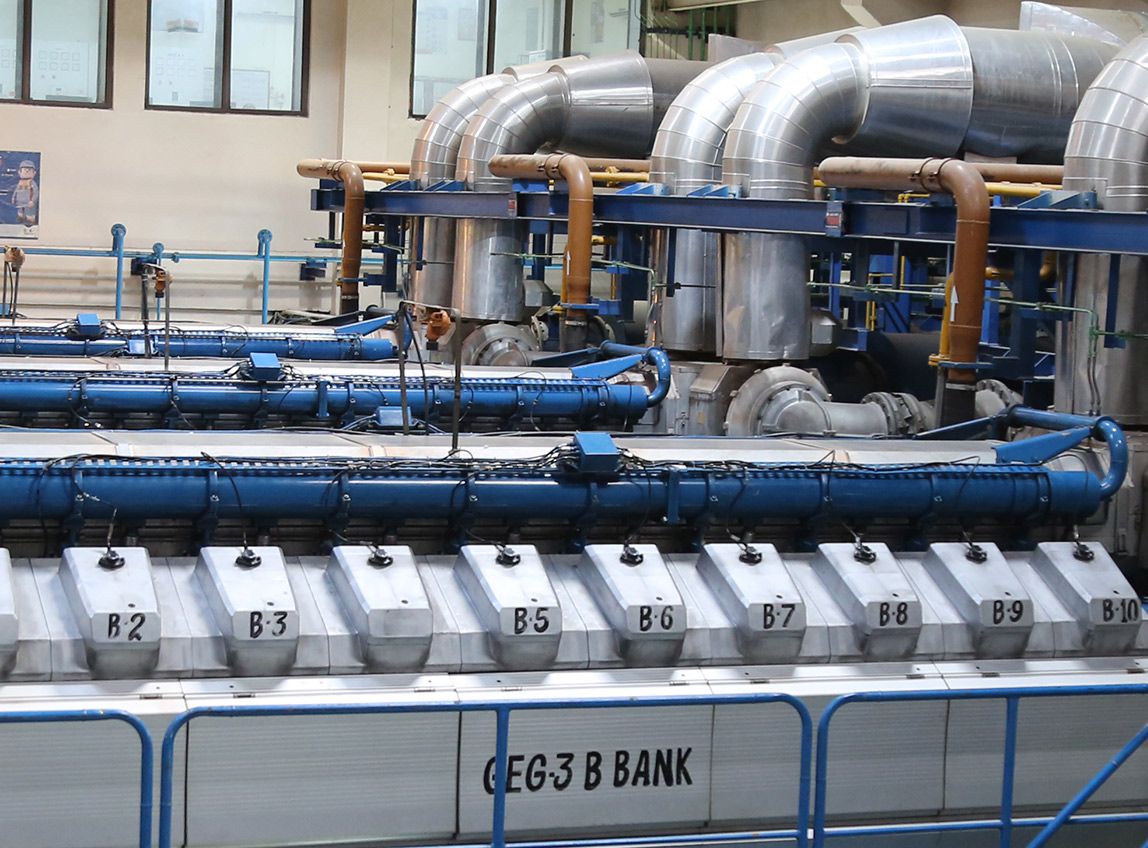In the modern industrial world, everyone wants the most durable, efficient, and cost-effective advanced manufacturing techniques to craft intricate engine parts or lightweight car doors seamlessly. Thus, to achieve this goal, two techniques pushing boundaries are gravity die casting and tailor welded blanks (TWBs).
Gravity Die Casting: Speed and Precision
Gravity die casting uses reusable moulds and molten metal to create complex shapes. The metal fills the mould cavity under gravity, offering a good surface finish and dimensional accuracy. This technique excels in the automotive industry for parts like engine components and wheels. The process involves creating a permanent mould, typically steel, matching the desired part.
Gravity die casting boasts several advantages. It delivers parts with high accuracy, reducing machining needs. Complex shapes with intricate details are achievable. Production speeds are good for moderate volumes. Plus, it handles a variety of metals, making it a material maestro. However, it has some drawbacks, like air pockets (porosity) can form, requiring control and inspection. Additionally, part size is often limited due to challenges in filling large moulds.
Tailor Welded Blanks: The Material Mashup
Pre-shaped metal sheets of different thicknesses or materials are laser-welded together to create a super-blank. It creates a composite blank that's then stamped into the final part. Tailor welded blanks shine in weight reduction. By combining thinner, lighter materials in specific areas with thicker ones for strength, overall weight is significantly reduced. Additionally, TWBs allow for combining different materials, leading to superior properties like improved strength, corrosion resistance, or noise dampening. It provides design flexibility as another benefit.
However, TWBs come with their challenges. The process has additional steps compared to using a single sheet, increasing complexity and potentially cost. Tooling for forming and welding can be expensive, and production speed might be slower due to the extra joining step.
In Conclusion
Gravity die casting and TWBs are powerful tools for modern manufacturing. Both gravity die casting and tailor welded blanks from Caparo are powerhouses in modern manufacturing. Gravity die casting shines for complex, high-quality parts in medium volumes, while TWBs are ideal for lightweight parts with boosted performance.


No comments yet